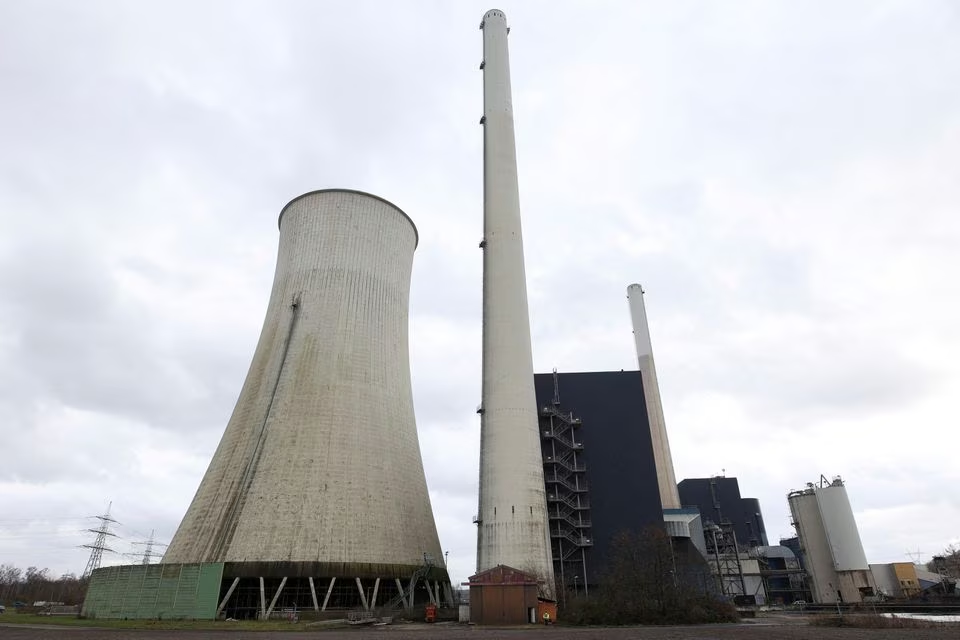In Short : While the growth of renewable energy is undoubtedly a positive and essential step towards a greener future, it’s crucial to acknowledge that the energy transition is a complex process. Many countries still heavily rely on coal as a primary source of energy, and transitioning away from it can be challenging due to various factors such as infrastructure, economic considerations, and political dynamics.
In Detail : However, this report also underscores the need for continued efforts to accelerate the transition to renewable energy sources. It highlights the importance of implementing supportive policies, providing incentives for sustainable energy investments, and raising awareness about the benefits of renewable energy.
The report stated that higher PLFs will continue to be supported by conducive fuel supply as domestic coal production, building upon its record high of 893 million tonne (MT) last fiscal, is on track to achieve 11-13 percent growth projected for this fiscal.
Plant load factors (PLFs) of coal-based power plants in India will improve to 65 percent this fiscal despite record renewable energy (RE) capacity addition, stated a CRISIL Ratings report released on November 16.
Over the past two fiscals, demand for electricity has seen a robust 8-9 percent annual growth, driven by the post-pandemic economic rebound. During this period, 34 gigawatt (GW) of capacity has been added, with 90 percent of it in RE.
“In GW terms, this is a 9 percent growth in power capacities but on normative terms this was only 4-5 percent growth as capacities operate at varying PLFs and in this incremental supply, coal-based power plants remain an important cog, accounting for 69-71 percent of total power generation because of the intermittent nature of RE with lower PLFs,” the report explained.
It stated that healthy PLFs along with lower receivables and encouraging fuel supply will support the credit profiles of private coal-based generating companies (gencos).
Ankit Hakhu, Director, CRISIL Ratings said the trend will likely continue this fiscal. “Power demand is seen growing 5-6 percent, and a part of the incremental requirement will be met by the newly added RE capacities — including 18 GW in wind and solar, the highest ever. That said, a good portion of the incremental generation will be met by existing coal-based power plants.”
The increase in demand for coal-based power will prove beneficial for thermal PLFs, which are likely to improve by 100 basis points (bps) to over 65 percent in fiscal 2024, as no material coal-based capacity is envisaged this fiscal and relatively low-capacity addition of hydro, biomass and nuclear, he said.
The report stated that higher PLFs will continue to be supported by conducive fuel supply as domestic coal production, building upon its record high of 893 million tonne (MT) last fiscal, is on track to achieve 11-13 percent growth projected for this fiscal. Moreover, coal allocation under various e-auction modes has notably improved. Evacuation infrastructure has also witnessed augmentation with railway rakes for coal transportation 8 percent higher on-year, it said.
Mithun Vyas, Team Leader, CRISIL Ratings, said cash flows will be supported by release of receivables under the Late Payment Surcharge (LPS) scheme notified by the government in June 2022. Receivables of private gencos rated by CRISIL Ratings are estimated to reduce from 82 days as of March 2022 to 55-60 days by the end of this fiscal.
“Overall, we expect coal-based power plants rated by us to witness over 20 percent on-year rise in cash flow from operations (CFO) this fiscal. Consequently, CFO to total debt for these power plants will improve from 11 percent as on March 31, 2023, to an estimated 15 percent as on March 31, 2024,” said Vyas.

